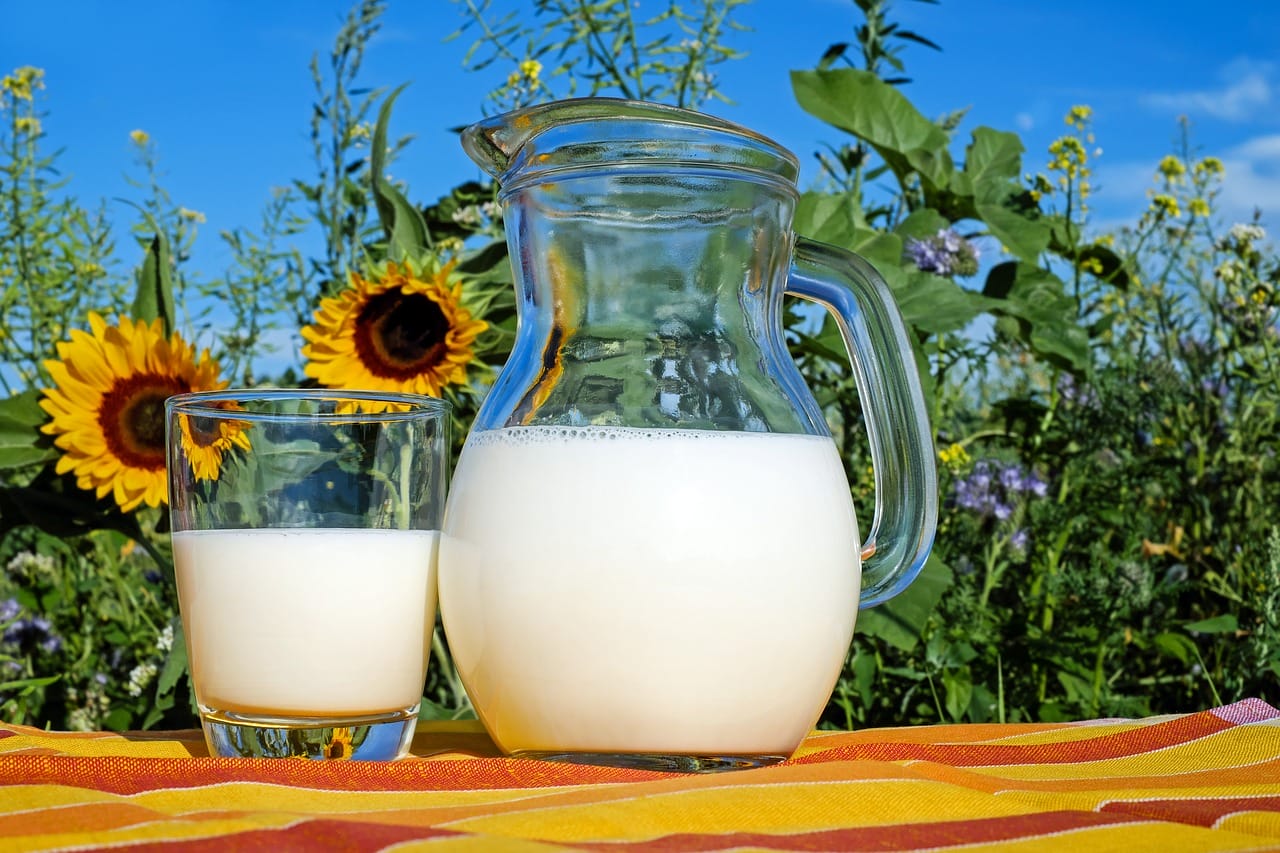In recent years, a seemingly old-fashioned food staple has made a surprising comeback in the world of health and lifestyle: raw milk. This trend, harking back to a simpler, pre-industrial era, has found its way into the modern wellness narrative, stirring both curiosity and controversy. While proponents tout its natural qualities and alleged health benefits, skeptics and health experts raise concerns about its safety.
So, is raw milk really healthier? Is it actually safe to drink?
The Rise of the Raw Milk Trend
Raw milk is, quite simply, milk that comes straight from the cow (or other animals like goats and sheep) without undergoing pasteurization – a process of heating the milk to a specific temperature to kill harmful bacteria. Unlike the pasteurized milk that fills most supermarket dairy aisles, raw milk is served “as nature intended” according to its proponents – unprocessed, unaltered, and in its most natural state.
But, as we all know, natural things aren’t necessarily healthy. (Nature doesn’t mind if we get sick or worse!). Historically, raw milk was the only choice because pasteurization and a lot of other food safety improvements simply didn’t exist yet.
The resurgence of raw milk’s popularity can be attributed to a confluence of factors. Central to its appeal is the growing movement towards natural, whole foods. As people become more conscious of what they eat and the processes their food undergoes, raw milk stands out as a symbol of purity and simplicity. It’s often positioned as a rebellion against industrial food processing and a return to a more organic way of living.
Another driving force behind this trend is the belief in raw milk’s health benefits. Advocates claim that it contains more beneficial bacteria, enzymes, and vitamins than its pasteurized counterpart. These claims have resonated with health-conscious consumers, particularly those interested in probiotics and natural wellness practices.
The raw milk movement is closely tied to the rise of small-scale, local farming. Consumers increasingly seek to support local agriculture and enjoy the perceived higher quality and taste of products from small, local herds. This trend aligns with a broader societal shift towards sustainability and ethical consumption, where raw milk is often viewed as a more environmentally friendly and ethical choice compared to mass-produced dairy products.
Health Claims Associated with Raw Milk
Raw milk enthusiasts argue that raw milk is a richer source of beneficial nutrients compared to pasteurized milk. They assert that it contains higher levels of essential vitamins like A, C, and B complex, as well as minerals like calcium and magnesium. Moreover, raw milk is often praised for its probiotic qualities – being rich in natural beneficial bacteria that are said to improve gut health, boost immunity, and aid digestion.
Proponents also believe that raw milk contains important enzymes, which are destroyed during pasteurization. These enzymes, they claim, make milk easier to digest, particularly for those who are lactose intolerant. Additionally, raw milk is said to possess natural fats, which are considered healthier and less processed than those in pasteurized milk.
However, it is crucial to examine these claims through a scientific lens. While it’s true that pasteurization can affect certain nutrients, the extent to which this impacts the overall nutritional profile of milk is a subject of ongoing research and debate. Many health experts and nutritionists point out that the differences in nutrient levels between raw and pasteurized milk are minimal and that pasteurized milk still provides significant health benefits without the risk of bacterial contamination.
Raw Milk Safety Concerns and Risks
Despite the touted benefits, raw milk poses significant safety concerns due to the risk of contamination with harmful bacteria. Pasteurization kills pathogenic bacteria, and raw milk can harbor dangerous microorganisms such as E. coli, Salmonella, and Listeria. These pathogens can cause serious foodborne illnesses, particularly affecting pregnant women, infants, the elderly, and those with weakened immune systems.
In fact, testing labs play an essential role in ensuring the safety of even pasteurized dairy products. A testing lab can employ advanced microbiological and chemical testing methods to detect any possible contaminants that might be present in dairy products. By continuously monitoring and analyzing dairy products, these labs help ensure that what reaches the consumer is not only of high quality but, most importantly, safe for consumption.
The incidence of illnesses has led to strict regulatory controls over the sale and distribution of raw milk in many regions. For instance, in some countries, the sale of raw milk is heavily regulated or even banned, while others allow it under strict conditions to minimize health risks. These regulations are in place to protect public health, considering the potentially severe consequences of consuming contaminated milk.
Public health organizations, including the Centers for Disease Control and Prevention (CDC) and the Food and Drug Administration (FDA), have issued warnings about the risks associated with raw milk consumption. They argue that the potential health risks far outweigh any perceived benefits, advocating for pasteurized milk as a safer alternative.
What to Consider if You Choose Raw Milk
It’s crucial to understand the health risks if you still decide to consume raw milk. This is especially important for vulnerable groups, and you should be sure to source milk from reputable, hygiene-conscious farms that adhere to local regulations. Visiting the farm and observing their practices can be insightful. Always handle and store raw milk properly, keeping it refrigerated and consuming it before its expiration date to minimize bacterial risks. If new to raw milk, start with small quantities to see how your body reacts, and be prepared for a different taste compared to pasteurized milk. Staying informed about the latest research and recommendations on raw milk consumption and stay safe. The benefits you think you may be getting may not be worth the risk.




